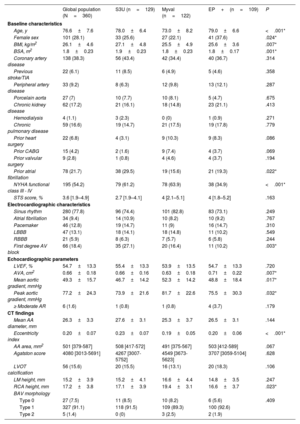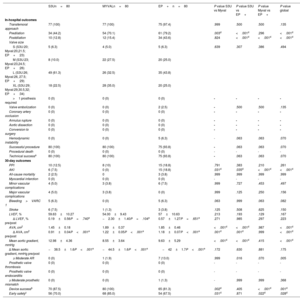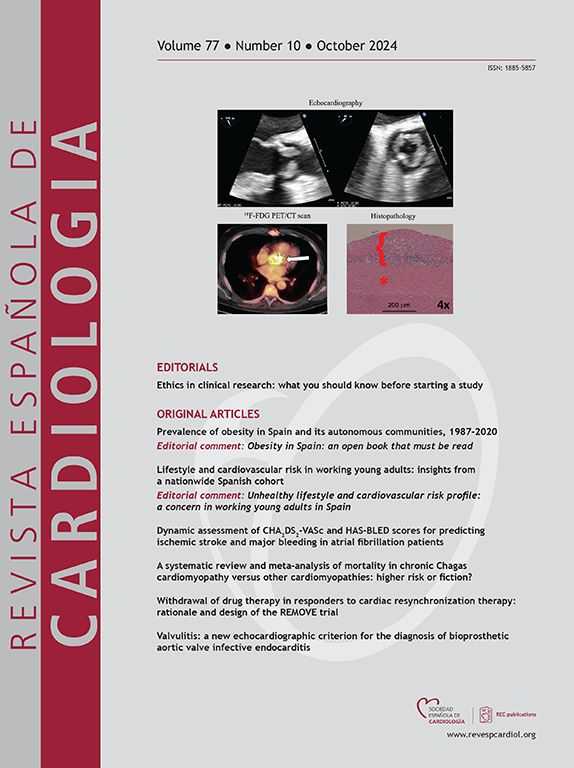
No comparisons have been published yet regarding the newest iteration of balloon- and self-expandable transcatheter heart valves for the treatment of bicuspid aortic valve (BAV) stenosis.
MethodsMulticenter registry of consecutive patients with severe BAV stenosis treated with balloon-expandable transcatheter heart valves (Myval and SAPIEN 3 Ultra, S3U) or self-expanding Evolut PRO+(EP+). TriMatch analysis was carried out to minimize the impact of baseline differences. The primary endpoint of the study was 30-day device success, and the secondary endpoints were the composite and individual components of early safety at 30 days.
ResultsA total of 360 patients (age 76.6±7.6 years, 71.9% males) were included: 122 Myval (33.9%), 129 S3U (35.8%), and 109 EP+(30.3%). The mean STS score was 3.6±1.9%. There were no cases of coronary artery occlusion, annulus rupture, aortic dissection, or procedural death. The primary endpoint of device success at 30 days was significantly higher in the Myval group (Myval: 100%; S3U: 87.5%; and EP+: 81.3%), mainly due to higher residual aortic gradients with S3U and greater≥moderate aortic regurgitation (AR) with EP+. No significant differences were found in the unadjusted rate of pacemaker implantation.
ConclusionsIn patients with BAV stenosis deemed unsuitable for surgery, Myval, S3U and EP+showed similar safety but balloon-expandable Myval had better gradients than S3U, and both balloon-expandable devices had lower residual AR than EP+, suggesting that, taking into consideration the patient-specific risks, any of these devices can be selected with optimal outcomes.
Keywords
Identify yourself
Not yet a subscriber to the journal?
Purchase access to the article
By purchasing the article, the PDF of the same can be downloaded
Price: 19,34 €
Phone for incidents
Monday to Friday from 9am to 6pm (GMT+1) except for the months of July and August, which will be from 9am to 3pm







